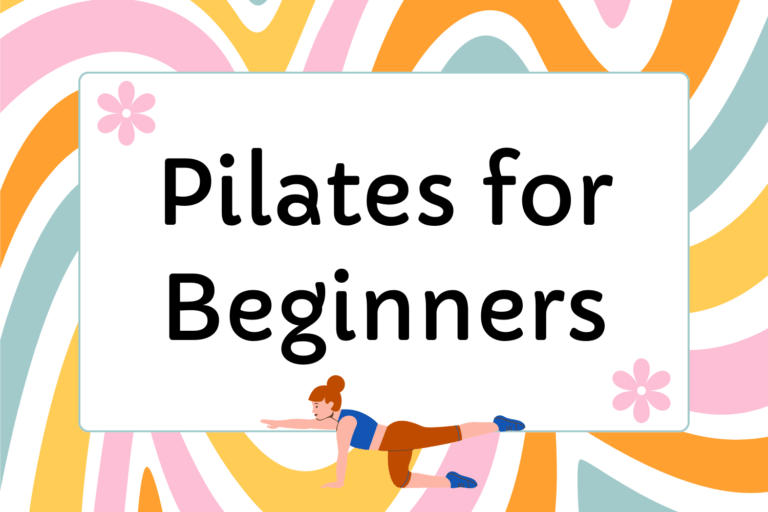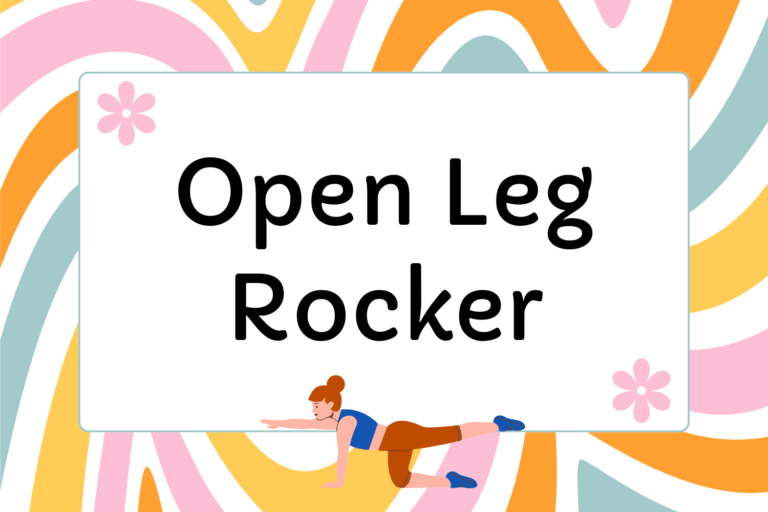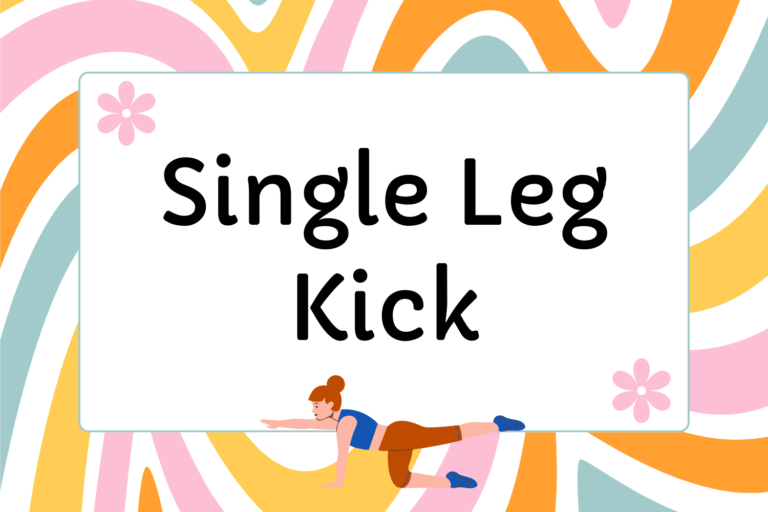Pilates was invented shortly after the First World War by a former gymnast and solider named Joseph Pilates. The method was originally designed to rehabilitate recovering war veterans through a series of aerobic exercises that strengthened the muscles without putting undue stress on the body. The specific exercises were created by Pilates during his time as an “enemy alien” in the ally internment camp, where he made equipment from things like mattresses and bedposts. When none of Pilates students died during the 1918 flu pandemic struck, he credited their survival to his workout regime, owing to a general system of good health and well being.
When Joseph Pilates moved to New York in the 1930s, his method began to grow rapidly in popularity. George Balanchine, founder of the New York City Ballet, attended Pilates classes at their earliest stages in Manhattan. Seeing the great benefits, increased strength and improved spinal alignment, Balanchine began to recommend Pilates as a tool for his young ballerinas. As the ballet company grew, so did the reputation of the benefits of Pilates classes. Seeing the fitness of the dancers, many upper class Manhattanites began flowing into Pilates classes themselves, spreading the form of exercise into the upper realm of New York society. By the 1960s, Pilates had grown from an obscure and almost unheard-of form of fitness and into a tool used by everyone from ballerinas and dancers to socialites and taxi cab drivers!
Philosophy
The central philosophy behind Pilates is to unite the mind and body, so that when one is used, the other will naturally follow, without prompting. In addition, the physical method centers on the belief of “the Powerhouse:” the lower abdominals, buttocks, hips, and lower back. According to Pilates, all movement and energy should radiate from the powerhouse outward to the limbs, so all exercises focus on strengthening that area before any other parts of the body.
The theory of mind and body unity is what Pilates called “contrology”, a term that is still used heavily today. Pilates wrote two books on his fitness philosophy, titled “Return to Life Through Contrology” (1928) and “Your Health: A Corrective System of Exercising That Revolutionizes the Entire Field of Physical Education” (1934). Additionally, Pilates named seven “Pilates Principles” that are detailed in his first book:
- Proper Alignment
- Centering
- Concentration
- Control
- Precision
- Breathing
- Flowing Movement
He theorized that, when taught in unity through the described exercises, any Pilates practitioner would be able to achieve full body conditioning and improved health.
Apparatuses
Though the original Pilates method was developed without the use of any apparatus (except a mat), he later revised it to include the use of several pieces of equipment—most notably the reformer. The reformer and the other apparatus are designed to increase resistance, thereby increasing the intensity of the already challenging exercises. With its system of pulleys, resistance bands, a gliding platform on which to lie, and bars to hold onto, the Reformer takes all of the exercises of mat Pilates and increases their difficulty with added resistance.
Additionally, Pilates invented the “Magic Circle”, a metal circle with handles that builds resistance through adduction. The “Trapeze Table”, also known as the “Cadillac”, was yet another apparatus, somewhat similar to the Reformer, which increases resistance and allows the practitioner to work both with and against gravity in their practice. The bars provided on the Trapeze Table allow the student to work inverted, manipulating gravitational force in a way that provides increased resistance and decreased joint impact. All of these apparatuses are still in use today, with very few slight alterations from their original design. While the practice of Pilates frequently utilizes apparatuses, they are by no means necessary to achieve maximum results.





